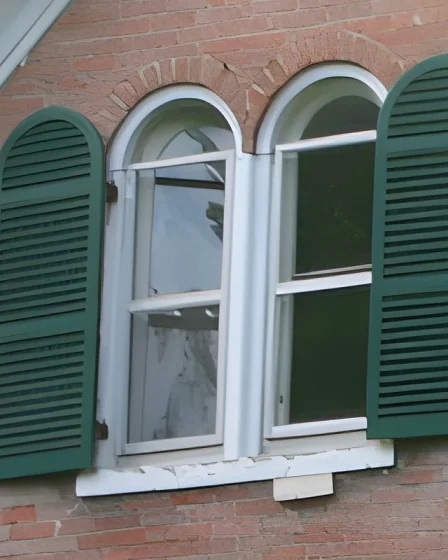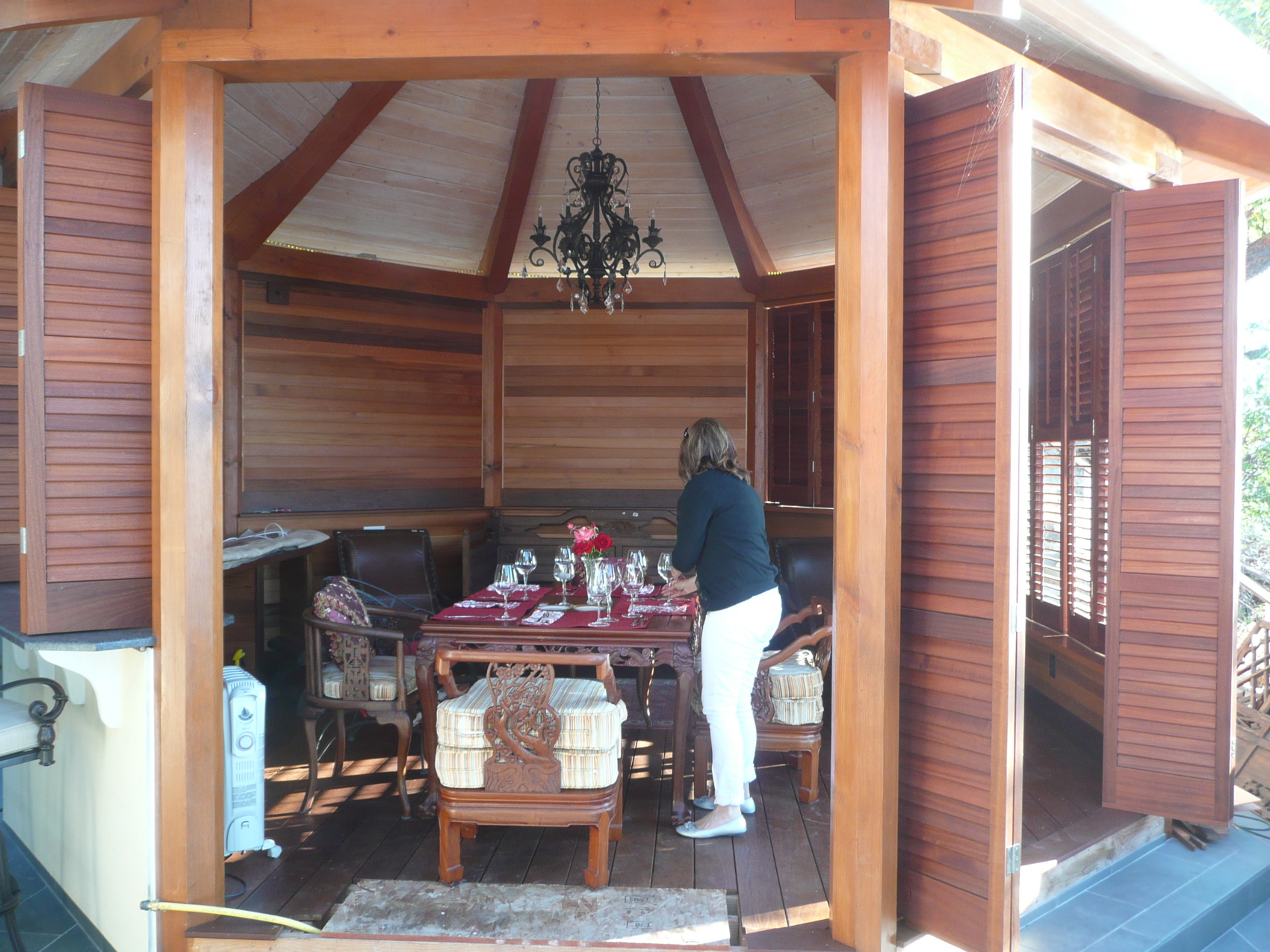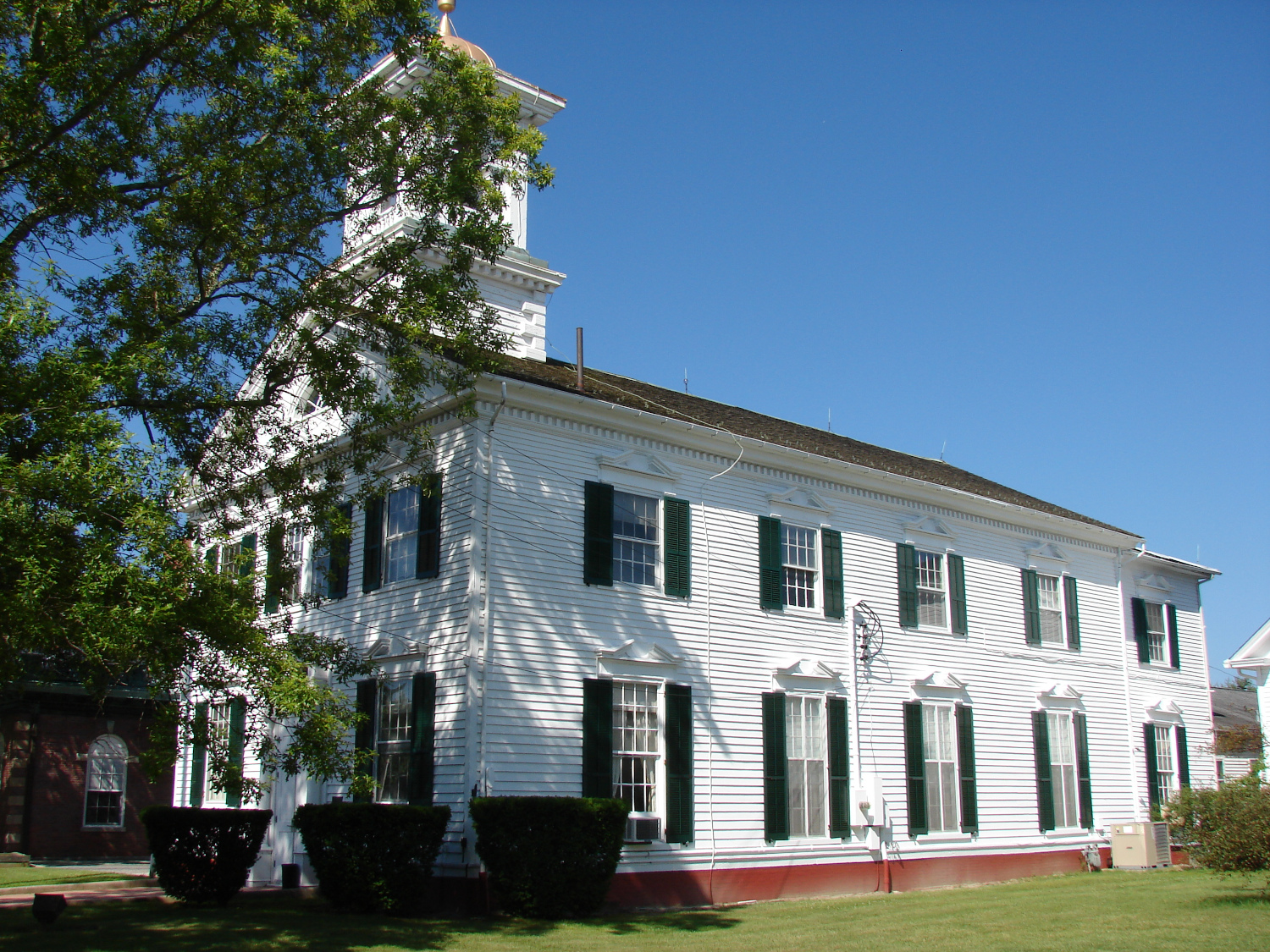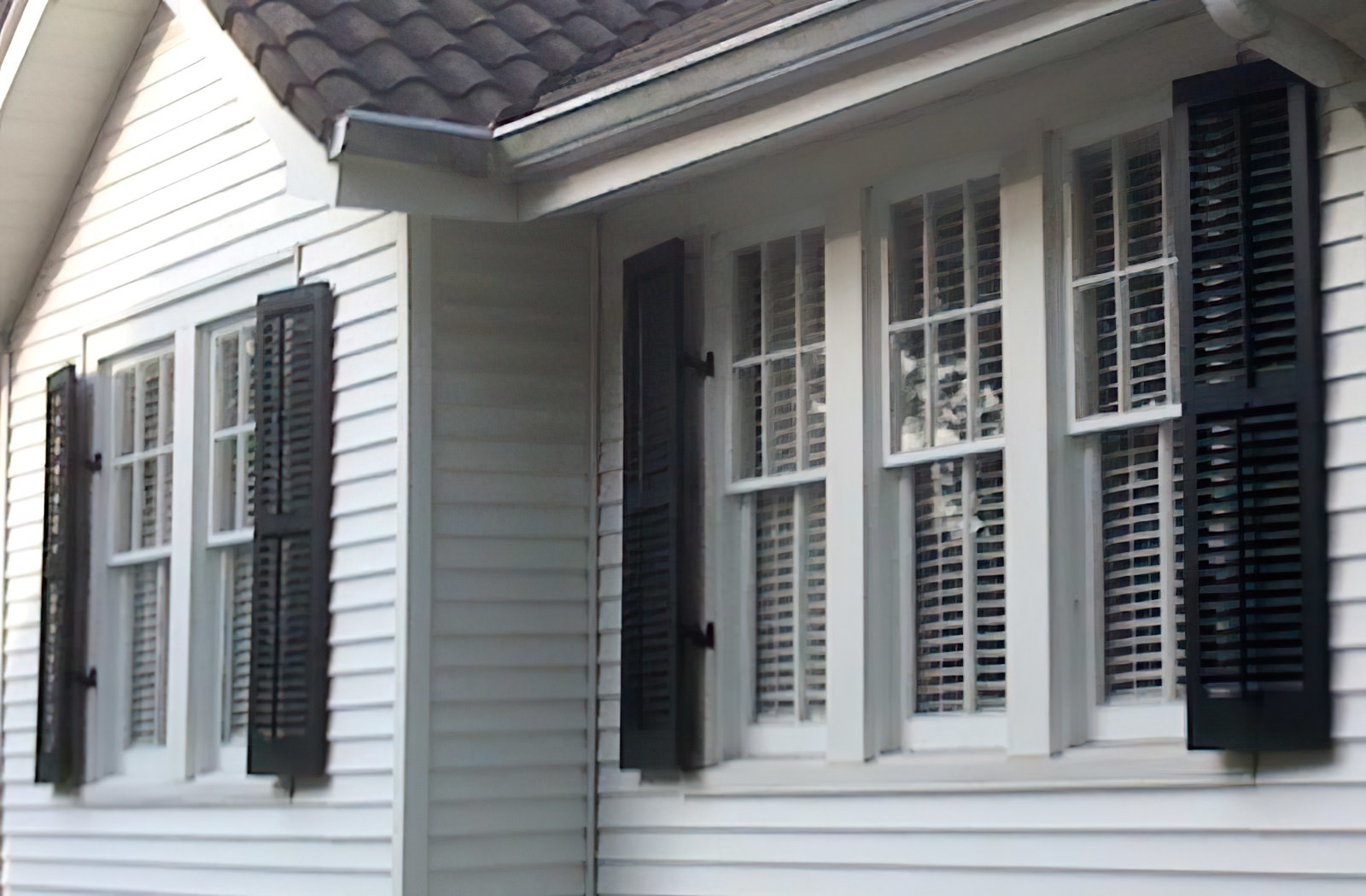At Kestrel Shutters & Doors, we take pride in our ability to create custom shutters that not only meet but exceed the expectations of our customers. While we offer a wide array of standard designs, we understand that some projects require something extra. Whether you’re restoring a historic building or working on a modern project, …
Exterior Shutters
Kestrel Exterior Shutters
Elevate Your Home with Custom Arched Shutters: Perfect for Both Interior and Exterior Use
When it comes to home design, the right window treatment can make all the difference. Custom arched shutters are a timeless choice that not only adds elegance and charm to your home, but also offers practical benefits. Whether you’re looking to enhance the interior or exterior of your house, custom arched shutters provide a unique …
Using Exterior Shutters & Doors on your Outdoor Living Space
Using Exterior Shutters & Doors on your Outdoor Living Space Something that we have been seeing more of in the last couple of years has been the use of shutters and doors to create more usable living space. We see shutters and doors being used as windbreaks on decks and around pools, forming the walls …
Things to Consider when Reproducing Exterior Shutters for Historic Homes
Reproducing Exterior Shutters for Historic Homes In the last 24 years we have reproduced many exterior shutters for many historic homes and buildings. While some shutter details were consistent to style or location of the homes others had feature that made them unique. When we look at an historic project there are certain things we …
What if there is not enough room for exterior shutters?
It is not uncommon to have a window somewhere on your home where there is physically not enough room for exterior shutters. It could be that 2 windows are too close like in the picture shown to the left. It could also be that the window is too close to a chimney, the corner of …
Hurricane Shutters – How Do I Know If Mine Will Meet Florida Code?
Hurricane Shutters When it comes to Hurricane Shutters you need to know that they will indeed stand up to, well, a hurricane. Your Hurricane Shutters will be that first line of defense that keeps your windows, and the inside of your home, intact. To make sure that Hurricane Shutters will indeed stand up to their …





